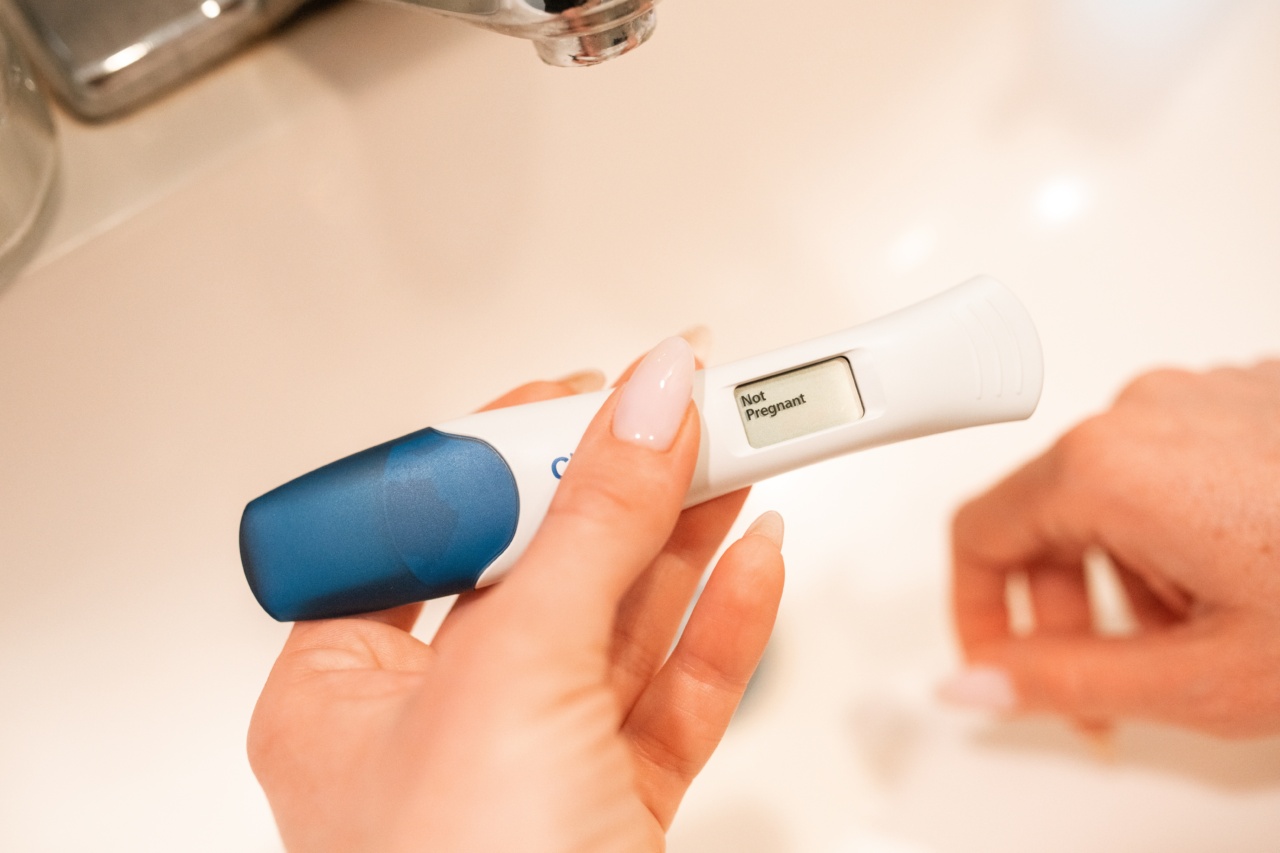Sugar, a beloved ingredient in many of our favorite treats and beverages, has a significant impact on our overall health.
While it is well-known that excessive sugar consumption can lead to weight gain, diabetes, and other metabolic disorders, its connection to blood pressure fluctuations is often overlooked. In this article, we will explore the relationship between sugar intake and blood pressure and discuss the consequences of indulging in sugary delights.
The Basics of Blood Pressure
Before delving into the role of sugar in blood pressure fluctuations, let’s first understand the basics of blood pressure. Blood pressure refers to the force exerted by circulating blood against the walls of blood vessels.
It is measured in millimeters of mercury (mmHg) and consists of two values – systolic pressure (top number) and diastolic pressure (bottom number). Systolic pressure represents the force when the heart contracts and pushes blood into the arteries, while diastolic pressure represents the force when the heart is at rest between beats.
The Link Between Sugar and Hypertension
Hypertension, or high blood pressure, is a condition characterized by persistently elevated blood pressure levels. It is a significant risk factor for heart disease, stroke, and other cardiovascular complications.
While multiple factors contribute to the development of hypertension, growing evidence suggests that excessive sugar intake plays a role in its occurrence.
When we consume sugary foods and drinks, our bodies quickly break down these sugars into glucose. This rapid increase in blood glucose triggers the release of insulin from the pancreas to help transport glucose into our cells for energy production.
However, excessive sugar intake over time can lead to insulin resistance, a condition in which our cells become less responsive to the effects of insulin.
Insulin Resistance and Blood Pressure
Insulin resistance is closely linked to the development of hypertension. As our cells become resistant to insulin, glucose levels in the bloodstream remain elevated for longer periods.
To compensate, the pancreas produces and releases more insulin, leading to a state of hyperinsulinemia.
Hyperinsulinemia, characterized by elevated insulin levels, triggers various physiological changes in the body. One significant effect is the activation of the sympathetic nervous system, resulting in increased heart rate and vasoconstriction.
The combination of elevated insulin levels and sympathetic activation can lead to an increase in blood pressure.
The Role of Added Sugars
Added sugars, which are sugars and syrups added to food and beverages during processing or preparation, contribute to excess sugar consumption. These include sugars found in sodas, candies, baked goods, and many processed foods.
The American Heart Association recommends limiting added sugar intake to no more than 6 teaspoons (25 grams) per day for women and 9 teaspoons (38 grams) per day for men.
Regularly exceeding these recommendations can have detrimental effects on blood pressure. The consumption of added sugars leads to a rapid spike in blood glucose levels, triggering insulin release and potentially contributing to insulin resistance.
Additionally, studies have shown that diets high in added sugars are associated with an increased risk of developing hypertension over time.
Hidden Sugars and Blood Pressure
While it is essential to be mindful of added sugars, it is equally important to be aware of hidden sugars in processed foods.
Many food products labeled as “low-fat” or “healthy” may contain significant amounts of hidden sugars to enhance taste. These hidden sugars can contribute to overall sugar intake and impact blood pressure.
To identify hidden sugars, it is crucial to read food labels carefully. Sugar can be listed under various names, such as sucrose, high fructose corn syrup, glucose, fructose, dextrose, maltose, and more.
By familiarizing ourselves with these hidden sugar sources, we can make informed choices and reduce our sugar intake.
Managing Sugar Cravings and Blood Pressure
Craving something sweet is a common experience for many of us. However, succumbing to these cravings frequently can have long-term consequences for our blood pressure. Fortunately, there are strategies to manage sugar cravings effectively:.
1. Opt for Whole Foods:
Choose whole foods like fruits, vegetables, and whole grains that provide natural sugars along with essential nutrients and fiber. These options can help satisfy cravings while offering more health benefits.
2. Read Food Labels:
Familiarize yourself with the various names for added sugars and read food labels carefully. Select products with lower added sugar content and avoid those with excessive amounts.
3. Be Mindful of Portions:
Enjoy sugary treats in moderation and pay attention to portion sizes. Having a small serving can help satisfy cravings without causing significant blood glucose spikes.
4. Find Healthy Alternatives:
Explore healthier alternatives to satisfy your sweet tooth. Opt for naturally sweetened desserts or experiment with new recipes that use alternative sweeteners like stevia or monk fruit.
5. Control Stress Levels:
Stress can contribute to sugar cravings. Find healthy ways to manage stress, such as exercising, practicing mindfulness, or engaging in hobbies.
6. Seek Support:
Share your goals and challenges with a supportive friend or family member. Having someone to hold you accountable can help you stay on track and reduce sugar consumption.
7. Drink Water:
When cravings strike, try drinking a glass of water first. Sometimes, our bodies mistake thirst for hunger or sugar cravings. Staying hydrated can help curb unnecessary snacking.
8. Plan Ahead:
Prepare healthy snacks in advance to avoid resorting to sugary options when hunger strikes. Having nutritious options readily available can make healthier choices easier.
9. Gradually Reduce Sugar Intake:
Instead of abruptly cutting out all sugar, try gradually reducing your intake over time. This approach can help your taste buds adapt and make the transition more manageable.
10. Consult a Healthcare Professional:
If you are struggling to manage your sugar cravings or have concerns about your blood pressure, consult a healthcare professional. They can provide personalized advice and guidance based on your unique health needs.
By implementing these strategies and being mindful of our sugar intake, we can better manage our blood pressure and reduce the potential consequences of excessive sugar consumption.






























